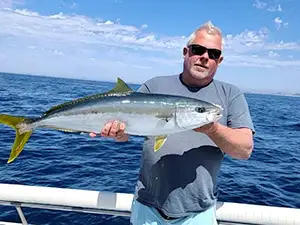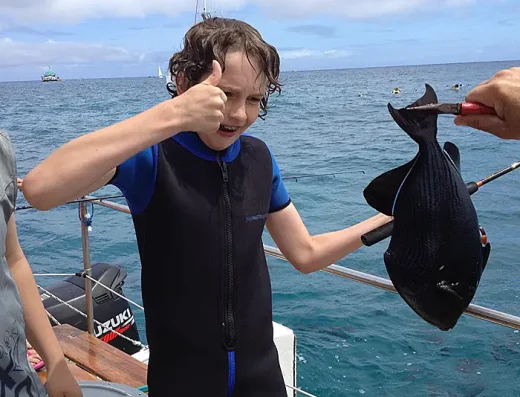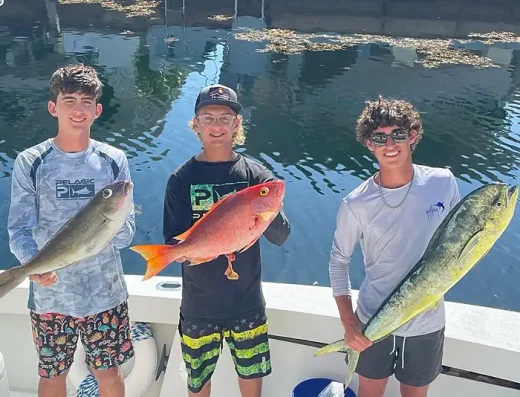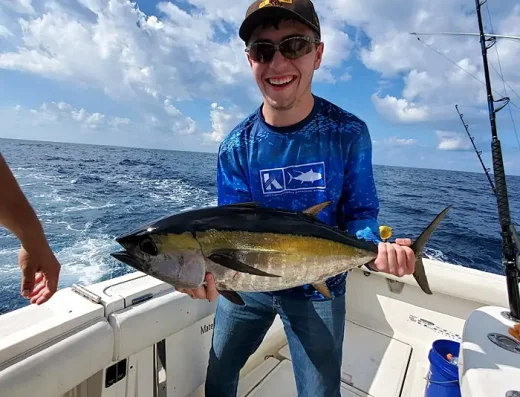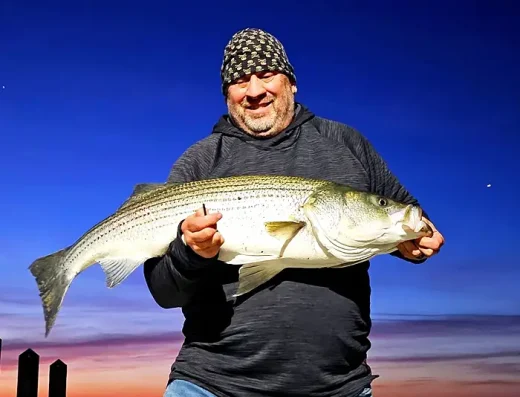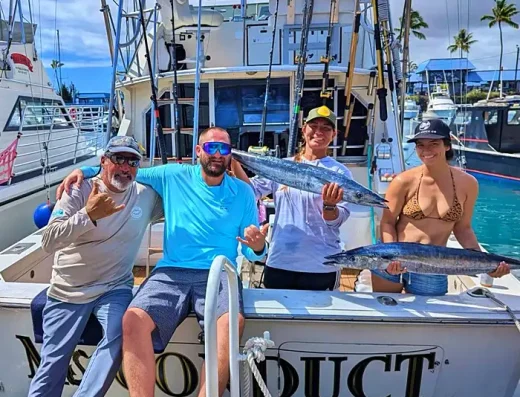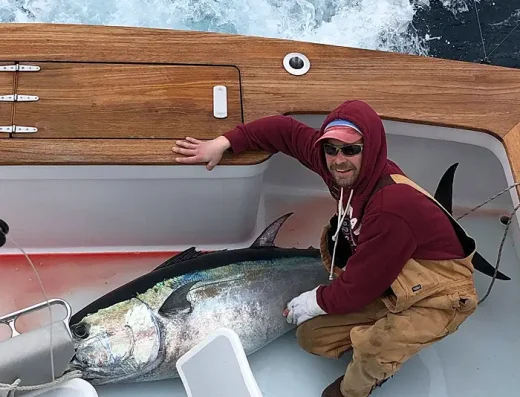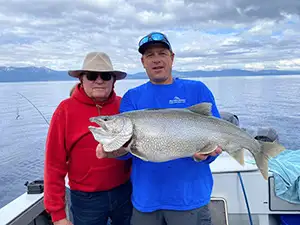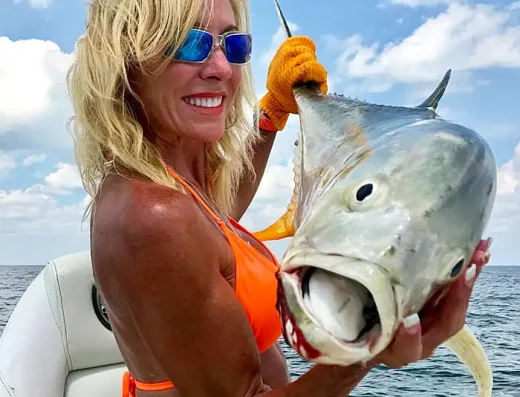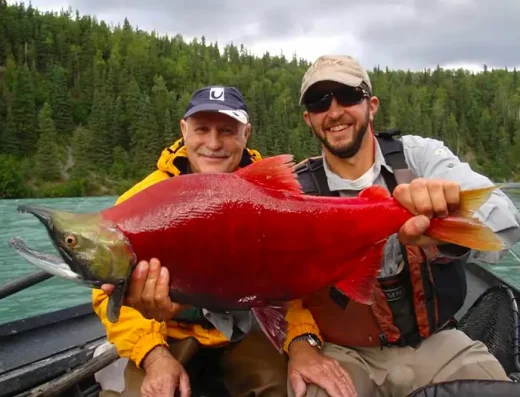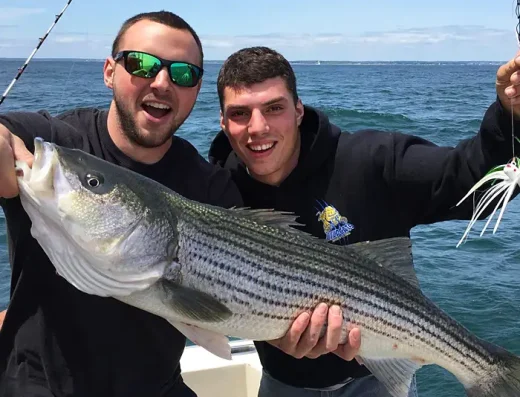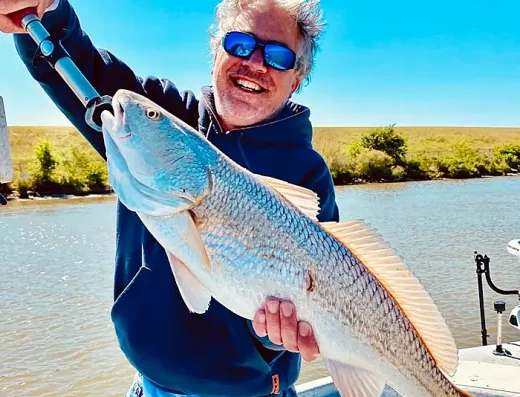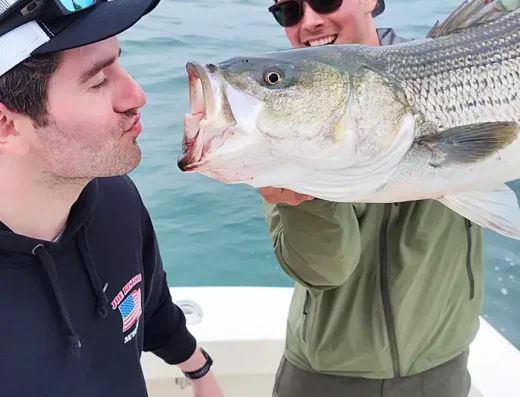Charter Fishing in the United States
The United States offers fishing across offshore oceans, inshore coasts, vast freshwater lakes, and thousands of rivers.
TrustedFish connects anglers with proven local captains in the United States —no commissions, no pay-to-play listings, no BS. Every charter on our platform is invite-only, vetted for skill, local knowledge, and reputation. If they’re listed, they’ve earned it.
Top Rated Charters in the United States
United States Fishing Guide
The United States is one of the most diverse fishing nations in the world, with access to the Atlantic and Pacific Oceans, the Gulf of Mexico, the Great Lakes, and countless inland waterways. The Atlantic coast, from Maine to Florida, produces striped bass, tuna, marlin, sailfish, and mahi-mahi, with New England known for giant bluefin tuna and Florida famed for sailfish and tarpon. The Gulf of Mexico supports red snapper, grouper, tuna, and billfish, while the Pacific coast is home to salmon, halibut, yellowtail, and marlin. Alaska offers legendary salmon and halibut runs, while Hawaii is world-famous for giant marlin and ahi tuna. Inland, the Great Lakes support salmon, trout, and walleye, while rivers and reservoirs across the country hold bass, catfish, muskie, and panfish.
Seasonal bite patterns vary widely by region. In the Northeast, striped bass migrate in spring and fall, while bluefin tuna peak in summer. The Southeast sees winter sailfish, spring tarpon migrations, and year-round reef action. The Gulf peaks for snapper in summer and yellowfin tuna offshore in fall. The West Coast has seasonal salmon and tuna runs, with halibut and rockfish steady year-round. Alaska’s salmon runs are concentrated in summer, while ice fishing dominates the Midwest and northern states in winter. Inland bass fishing peaks in spring and summer, with walleye and muskie strongest in cooler months.
The U.S. charter industry is massive and well developed, with fleets in every major port. Options range from half-day inshore trips for snapper, flounder, or striped bass, to full-day offshore runs for tuna and marlin, and multi-day expeditions to distant canyons or seamounts. Boat styles range from small skiffs and flats boats to sportfishermen and overnight motherships. Inland, guided trips cover bass fishing, fly fishing for trout, and multi-day float trips on western rivers.
Techniques are as varied as the fisheries themselves. Offshore boats troll lures and rigged baits for marlin, tuna, and mahi-mahi. Inshore anglers cast plugs and soft plastics for striped bass, redfish, and snook, or bottom fish with bait for snapper and flounder. Fly fishing dominates trout rivers and saltwater flats for tarpon and bonefish. Ice fishing is popular in northern states, while jigging, trolling, and casting are staples in the Great Lakes. Adaptability is key, with each region demanding different methods and gear.
Fishing Seasons in United States
Spring
Summer
Summer is peak season nationwide. Bluefin tuna, marlin, and mahi-mahi dominate offshore from the Atlantic to Hawaii. Red snapper, grouper, and cobia are prime in the Gulf, while salmon runs fill Alaskan rivers. Inshore tarpon, snook, and redfish are strong in Florida. Freshwater lakes produce largemouth bass, catfish, and muskie. The charter industry is busiest during these months.
Fall
Fall offers migrations and heavy feeding. Striped bass and bluefish peak in the Northeast, tuna remain offshore, and wahoo become strong targets in the Southeast. Gulf anglers find yellowfin tuna offshore and continued reef action inshore. Pacific coasts see salmon runs taper but halibut and rockfish steady. Freshwater action remains hot, with muskie and walleye most active in cooling waters.
Winter
Winter slows northern fisheries, with ice fishing for walleye, perch, and pike taking over. The Southeast shines with peak sailfish off Florida, strong grouper and snapper in the Gulf, and winter trout in rivers. West Coast anglers chase yellowtail and rockfish, while Hawaii continues producing marlin and tuna year-round. Florida and southern states see continued inshore fishing for redfish and snook.
Top Fishing Regions
Florida
Alaska
Gulf of Mexico (Louisiana & Texas)
California
Hawaii
Hawaii is a premier destination for blue marlin, ahi tuna, mahi-mahi, and wahoo. Kona is legendary for giant marlin, with year-round offshore fishing. Short runs from shore to deep water make Hawaii unique among U.S. fisheries.
Great Lakes
The Great Lakes support salmon, trout, walleye, and perch. Charter boats troll offshore waters in summer, while shore and ice fishing dominate in winter. Lake Erie is famous for walleye, while Lake Michigan hosts salmon and trout.
Pacific Northwest (Washington & Oregon)
Top Gamefish in the United States
- Blue Marlin – 200 to 1,000 lb. Found offshore in Hawaii, Gulf Stream, and deep Pacific canyons; best summer months; trolling large lures or skip baits.
- Redfish – 18 to 40 inches. Found year-round inshore—bayous, oyster reefs, and around docks. Best on shrimp, crab, or paddle tail jigs.
- Speckled Trout – 12 to 24 inches. Most active spring through fall. Drifting or casting live shrimp under corks or soft plastics near grass and current.
- Largemouth Bass – 2 to 8 lbs. Lake fishing, especially spring spawn. Frogs, jigs, and crankbaits near grass, docks, and offshore humps.
- King Mackerel – 10 to 50 lb. Gulf and Southeast Atlantic; best in cooler months; trolling spoons and live bait.
- Chinook Salmon – 10 to 60 lb. Pacific Northwest, Alaska, and Great Lakes; summer runs; trolling herring or spinners.
- Walleye – 1 to 15 lb. Great Lakes, Midwest rivers; spring and fall; jigging and trolling.
- Tarpon – 30 to 200 lb. Florida, Gulf Coast; late spring to summer; live bait drifting or sight casting.
- Halibut – 20 to 300 lb. Alaska and Pacific Coast; summer and fall; bottom fishing with bait or jigs.

